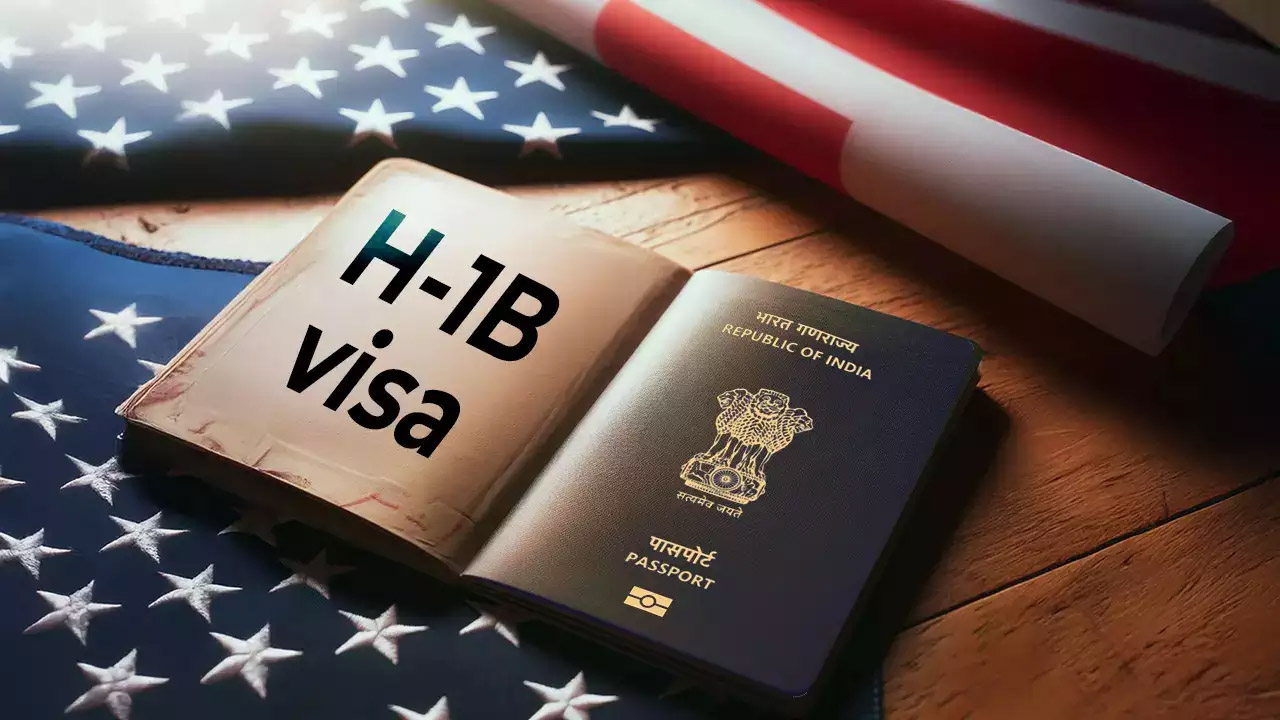By T N Ashok
NEW YORK: On Wednesday, US planes arrived in Punjab’s Amritsar carrying 205 undocumented Indians as part of President Donald Trump’s deportation strategy. India has confirmed their identities without further comments, and six additional flights are expected soon.
In the coming months, over 18,000 undocumented Indians are scheduled for deportation from the US, aligning with President Trump’s election commitment to remove more than 17 million illegal undocumented workers in the country. According to the Pew Research Center, approximately 725,000 Indians currently hold H-1B visas in the US, a program the GOP wishes to abolish, although Elon Musk opposes this, garnering support from President Trump.
The deportation initiative is part of President Trump’s broader mass removal strategy, which he advocated during his campaign, linking it to rising crime rates, violence, and the smuggling of fentanyl, particularly affecting urban areas like New York. This situation has also placed financial pressures on state governments that need to rehabilitate these individuals in camps.
Trump has been a staunch critic of the Democratic open-border policies that permitted migrants entry under the premise of seeking asylum from oppressive regimes, mainly from regions like South America (Venezuela), North America (Mexico and Canada), and Central America (Guatemala).
This latest deportation comes just a week before Indian Prime Minister Narendra Modi’s anticipated visit to the United States around February 12th, where discussions on geopolitical matters, including relationships with China and Russia, are expected. Meanwhile, Russian President Vladimir Putin is also scheduled to visit this week.
The Indian premier’s absence from Trump’s inauguration on January 20th raised eyebrows, where Foreign Minister Dr. S. Jaishankar represented him, leading to various speculations about Modi’s relationship with Trump and instructions from President Biden to avoid engagement with Trump prior to the upcoming elections.
Notably, while President Trump invited Chinese President Xi Jinping to his inauguration, Jinping declined, preferring to send a senior vice premier instead as tensions surrounding trade tariffs were high. Trump’s disappointment was palpable over Modi’s absence during his visit in November, an incident that impacted their rapport.
With Modi’s upcoming visit to the US, significant attention is on the expansion of the H-1B visa program for skilled Indian workers, an issue both Musk and former DOGE co-administrator Vivek Ramaswamy advocate for to address tech industry job gaps. The GOP aims to abolish the program to prioritize American labor, although Trump has expressed support for Musk’s plan, citing his own reliance on H-1B workers at his properties.
The Indian diaspora in the United States, numbering around 5.2 million, significantly contributes more than $2 billion in taxes to US revenue.
The concept of birthright citizenship might also emerge in discussions between Modi and the US president, particularly given the substantial number of H-1B visa holders in various sectors, including IT, healthcare, and academia—a significant portion being H-1B visa-holding medical professionals.
Currently, approximately 77% of the workforce in Silicon Valley’s software sector comprises Indian engineers, predominantly from prestigious Indian institutions like the IITs, which are recognized by the US government.
Prominent Indian figures in the US, including Vivek Ramaswamy, Kamala Harris, and Nikki Haley, are beneficiaries of birthright citizenship, having made substantial contributions to the US economy. Ramaswamy, a billionaire from the biotechnology sector, shares Indian heritage, and his children benefit from birthright citizenship. Similarly, while Harris has no biological children, she has adopted her husband’s children.
Migration from India to the US was historically limited to major cities like New Delhi, Mumbai, Chennai, and Kolkata. However, the 1990s technology boom and India’s economic liberalization led to increased migration from smaller cities such as Hyderabad, Bengaluru, Pune, and others.
Most of these migrants have become US citizens, and their children are recognized as birthright citizens. India may perceive new regulations as disproportionately affecting fresh H-1B holders, leading Modi to address concerns about uncertainty for skilled workers contributing to the US economy.
India has not contested the repatriation of undocumented Indians, as the nation grapples with illegal migration issues from neighboring countries like Bangladesh and Myanmar.
India’s Foreign Minister Subrahmanyam Jaishankar recently indicated New Delhi’s openness to receiving undocumented Indians from the US, following discussions with US Foreign Secretary Marco Rubio regarding illegal immigration.
According to research from the Pew Research Center, Indians represented the third-largest group of unauthorized immigrants in the US in 2022, following Mexico and El Salvador, with their numbers approximated at 725,000.
Analysts consider India’s proactive approach towards the return of undocumented migrants as a strategy to address concerns of the Trump administration, allowing New Delhi to tackle other complex issues like trade relations more effectively.
“This issue allows India to demonstrate its willingness to address concerns transparently, affording it some maneuvering space in areas where divergences exist with the US,” explained Harsh Pant from the Observer Research Foundation.
The H-1B visa program, bringing skilled labor to the US, continues to face scrutiny, with critics arguing it harms American workers while supporters claim it benefits US companies. Many Indian professionals thriving in the technology sector are primary beneficiaries of this program.
India positions itself strongly in discussions pertaining to H-1B visas, bolstered by support from US companies, which creates a favorable political landscape for India to navigate.
It’s estimated that around 20,407 undocumented Indians are on the Trump administration’s radar. Among them, 17,940 hold “final removal orders,” with an additional 2,467 detained under the Enforcement and Removal Operations of the US Immigration and Customs Enforcement agency.
During his visit, Mr. Modi will also seek enhanced access to American technologies, including AI and semiconductor manufacturing, aspiring to collaborate with companies like Nvidia. Concurrently, India aims to bolster its defense capabilities with state-of-the-art surveillance technology and drones while striving to develop domestic brands.
The US is India’s largest trading partner, with trade figures reaching $118 billion in FY 2023-24. Both Biden and Trump have committed to elevating this figure beyond $250 billion by 2030 during their presidencies. (IPA Service)


Leave a Reply